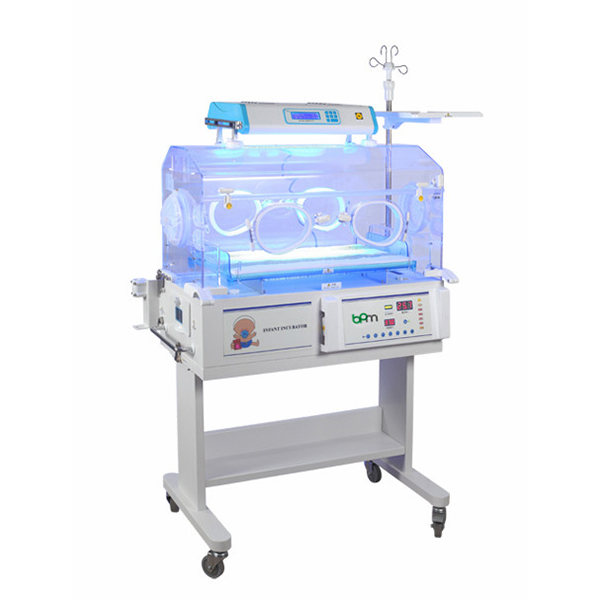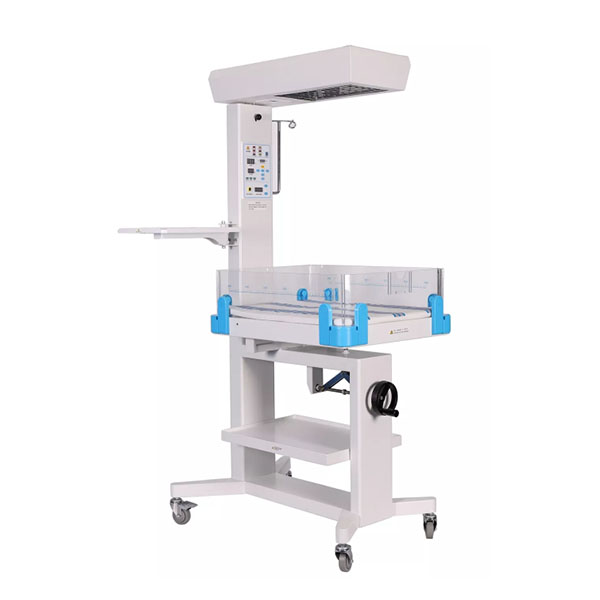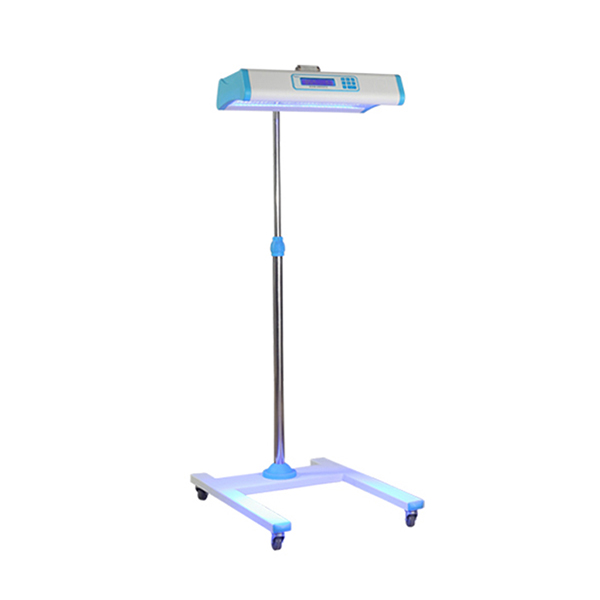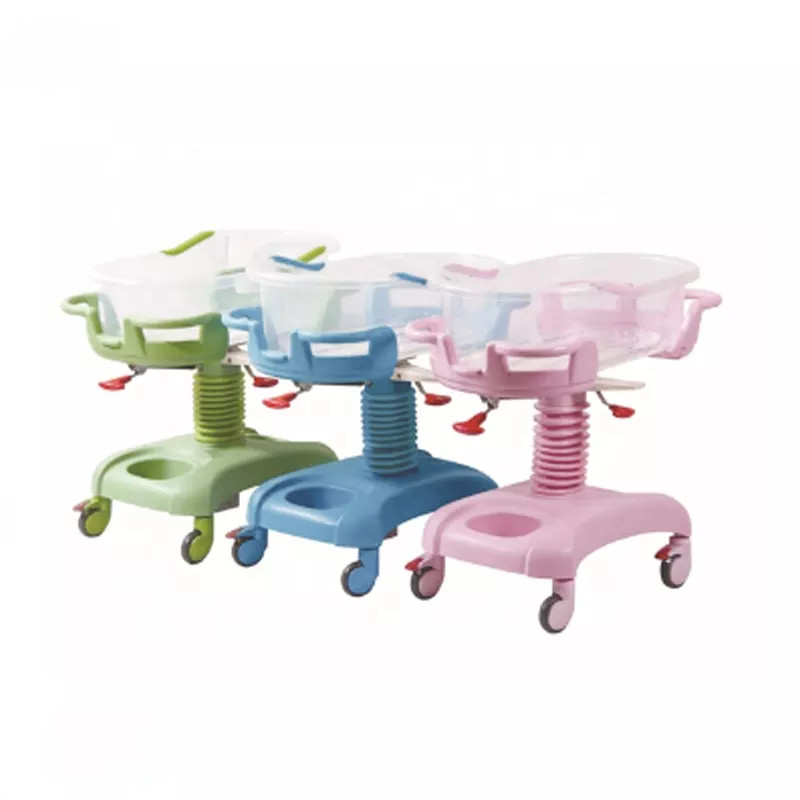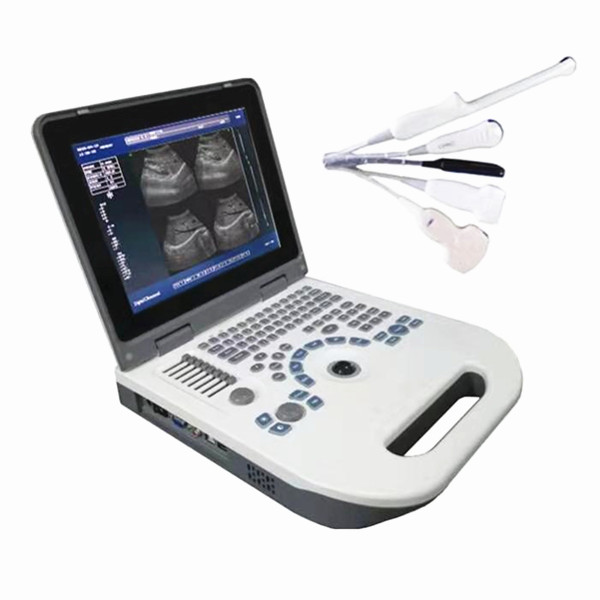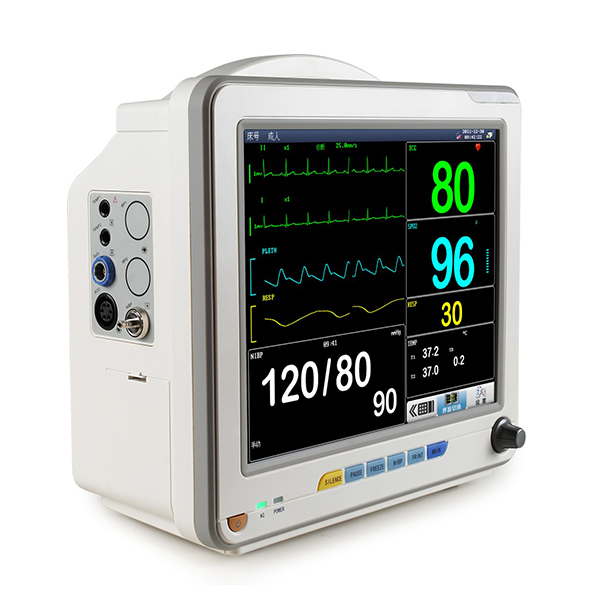How to Choose the Best Type of Thermometer for Your Needs
In need of a medical thermometer? Do you need something in your home medical kit to help keep track of your kids' temperature and make sure you know when they have a fever or not?
Don't run out and buy the first thermometer you see. There are different kinds and you'll want the best type of thermometer for your specific needs. You have to take into consideration the age of the person who will use it, your budget, and the accuracy of each device.
To help you pick the best choice, here is an in-depth look at the different medical thermometer types, starting with the most common one:
When people think of thermometers, this is the one that likely pops into their head. It's the most common type of thermometer and the most affordable. These devices utilize miniature heat sensors to determine your body temperature.
These type of digital body thermometer comes in two variations and three main functions. The two variations are rigid and flexible-tip. In regards to function, you can use these thermometers orally, under the armpit, and for rectal readings too.
That said, flexible-tip stick thermometers are often not built for rectal readings. Make it a point to check if you can use the thermometer you have for rectal purposes, especially if you'll use the thermometer with an infant.
Pros and Cons
Stick thermometer work for all three areas (rectum, oral, armpit) and there are no restrictions in terms of age. You can use these for infants, young children, adults, and the elderly.
This is the most accurate thermometer type too, which is why most medical facilities still use it. They are also incredibly affordable.
The one downside is that they take at least a minute or two before they can get proper temperature readings. This means the patient has to stay still for a while to get accurate results.
Forehead Thermometer
Also called temporal artery thermometers, these utilize an infrared scanner to get a person's temperature. Unlike traditional thermometers, they don't take long to get a reading. You only have to point the scanner at the right area of the forehead for it to work.
Pros and Cons
A thermometer used on forehead only takes seconds to get a reading. Though quick, this thermometer is accurate and is the best alternative when you can't use a rectal stick thermometer.
One complication that may prevent families from buying a forehead thermometer is its steep price. Forehead thermometers are significantly more expensive than other medical thermometer types.
Digital Pacifier Thermometer
Getting the temperature off a child, particularly an infant can be an intense challenge. Infants and young children move around a lot and others don't like having a metal stick thermometer pushed into their mouth. One way around this is to use a pacifier thermometer.
Pros and Cons
Because they look and feel like a traditional pacifier, it's easier to convince a child to use them. Children may not even notice that someone is taking their temperature.
However, the cons may outweigh the pros when it comes to this thermometer. Most children play with pacifiers in their mouths, meaning it can get difficult to keep the thermometer still so it can do its job. Doctors don't recommend pacifiers for newborns and infants who aren't teething either.
Digital Ear Thermometer
Tympanic thermometers, also called digital ear thermometers, are great options when you have to read the temperature of an infant or young child.
They work like forehead thermometers in that you have to position the device and then take a quick infrared scan. This time, however, the device has to go inside the patient's ear.
Pros and Cons
Like forehead thermometers, these devices work quickly. This makes them comfortable to use. Their design also makes them the best type of thermometer for infants six months and older.
This does mean, however, that you can't use tympanic thermometers for people with a curved ear canal or who have too much earwax. Newborns also can't use this type of thermometer because their ears are too small.
Paper Thermometer
There are numerous kinds of paper thermometers nowadays but the most common is the Tempa-Dot thermometer. The different dots on the thermometer melt at different temperatures, allowing it to display an accurate reading.
This is also the most likely disposable thermometer you'll find at the doctor's office. They function like regular stick thermometers but primarily only work for the armpit since you can't push them into the rectum or in the mouth.
Pros and Cons
One of the most obvious benefits is the low cost for these thermometers. The other is their accuracy. According to a recent study, they're as accurate as mercury thermometers.
However, there are a few downsides. One is the fact that they take a little longer to work. To get a proper reading, you'll have to keep the thermometer in your armpit for a good three minutes or more.
Glass Mercury Thermometer
Old thermometers still used to depend on liquid mercury encased in glass. However, hospitals and other medical facilities no longer use these because of the health hazards that mercury presents. Mercury poisoning leads to serious conditions, including respiratory failure and death.
Never use a glass thermometer. If you have one at home, make it a point to dispose of it before it breaks. Even the slightest exposure to the mercury inside could lead to poisoning.
Keep in mind that not all glass thermometers use mercury. Some use alcohol. The easiest way to determine which is which is to check the color of the liquid. Mercury has a bright, silver look to it.
